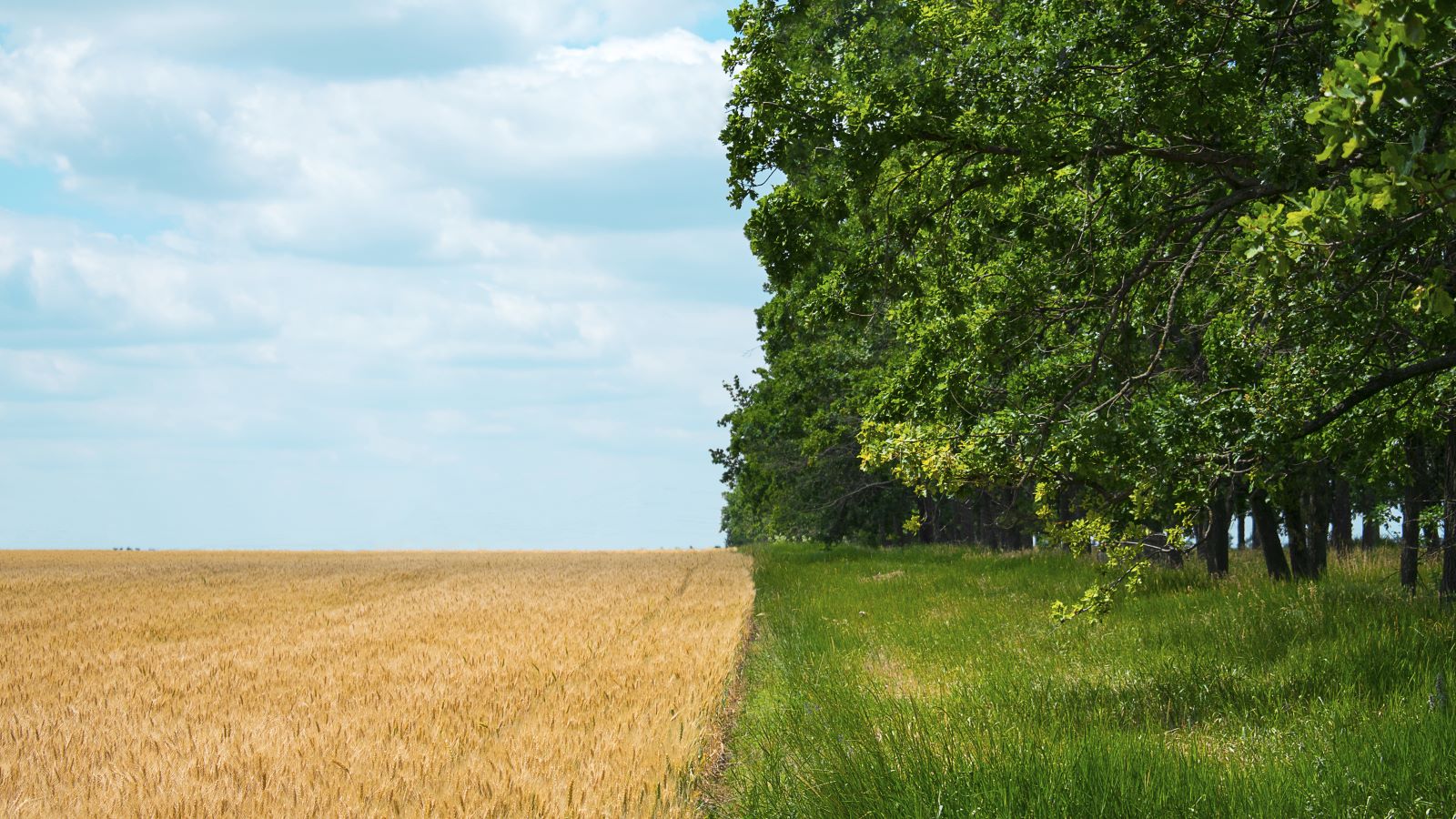
Regenerative Agriculture – Farming for the Future
Regenerative Agriculture – Farming for the Future
As climate change threatens food systems worldwide, there is growing interest in regenerative agriculture – an approach to farming that focuses on rebuilding soil health, restoring biodiversity, and removing carbon dioxide from the atmosphere. The concept offers an alternative vision for the future of farming that prioritizes ecosystem resilience over short-term productivity gains. Using Humux L+H will help accelerate the regeneration of your soil in harmony with nature.
Principles of Regenerative Agriculture
At its core, regenerative agriculture aims to improve the resource cycle in farming systems. Key principles include:
- Building soil organic matter through techniques like reduced tilling, cover cropping, crop rotation, and integrating livestock. This creates thriving soil ecosystems essential for nutrient density in crops.
- Drastically reducing or eliminating synthetic fertilizers and pesticides, which disturb soil biology. Regenerative systems rely on ecological pest control instead.
- Using crop diversity and rotation to improve nutrient cycling, prevent pest outbreaks, and secure yields despite erratic weather events.
- Carefully managing grazing patterns of livestock like cattle or sheep to mirror migratory herd behavior. This stimulates grassland regeneration while supplying manure fertilizer.
A Radical Rethinking of Agriculture
Transitioning to regenerative systems requires farmers to fundamentally rethink conventional agriculture. It places priority on overall land health rather than extracting the maximum yields from the land each season. While seen as radical today, regenerative techniques echo traditional indigenous farming methods developed over millennia.
The potential benefits make this paradigm shift worth consideration. Regenerative agriculture:
- Mitigates climate change by sequestering carbon in soil organic matter
- Reduces drought vulnerability through improved soil water retention
- Decreases reliance on costly, environmentally-damaging inputs
- Supports smallholder farmer livelihoods and local community resilience
- Produces nutritionally superior crops
Obstacles and Uncertainty
The mainstream transition to regenerative agriculture faces considerable hurdles. Farmers risk significant losses in productivity and profit as their land restores its natural fertility. Scientific research on the potential of drawdown agriculture remains limited as well. However, many see it as a promising path toward sustainable food production as the world population continues to grow. Creative policy and technology solutions must emerge to make adoption viable.
The concept offers hope that, with radical changes to ensure future food security we also unlock agriculture’s potential to heal the planet. Regenerative farming provides a living example of production systems aligned with rather than extractive of the ecosystems around them. While the path forward holds many unknowns, this harmonious vision of nourishing both people and the planet makes it well worth pursuing.

